We've all got our favourite places. You know those places your mind goes when you want to block out moments like when you hear the dentist's drill whirr into action.
For me it's the Dolomites in north-eastern Italy. Dramatic ragged peaks ringed by alpine meadows bursting with wildflowers. Waterfalls plunging out of cliff faces. Cow bells sounding through distant valleys. They make the postcard-perfect alps where Julie Andrews belted out the "The Hills are Alive..." look surprisingly ordinary.
For octogenarian Ian McFarlane of Fisher, that special spot is much closer to home - it's Murunna Point just north of Bermagui.
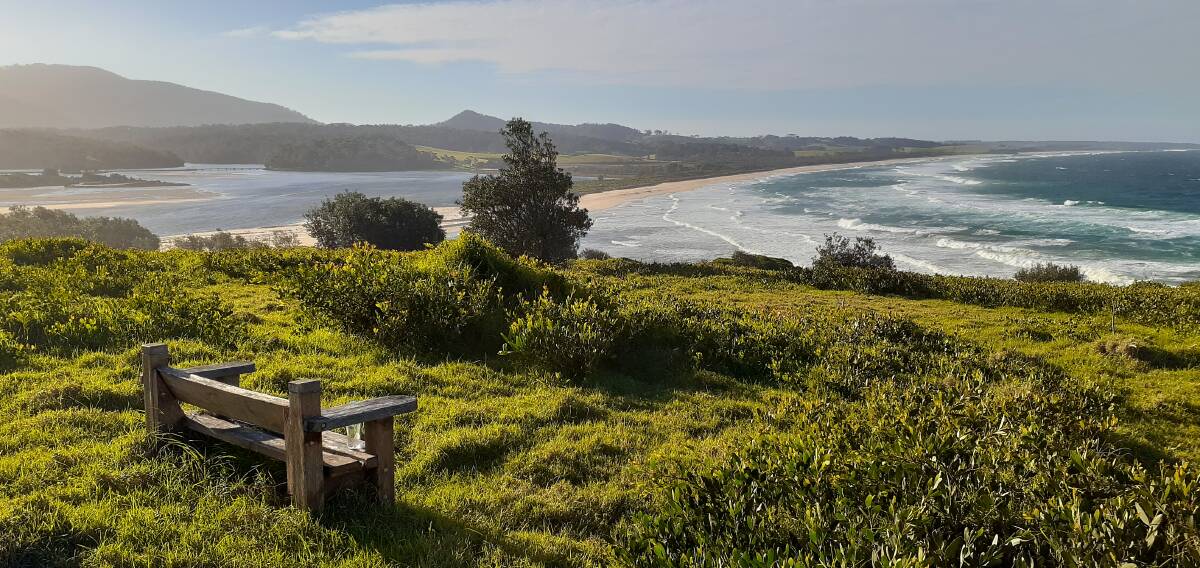
"The panorama looking north over the entrance to Wallaga Lake with Gulaga as a backdrop is by far the best I have ever seen in Australia or around the world - and I've seen a few," says Ian who is widely travelled via postings during his former career at Department of Foreign Affairs and Trade as well as extensive private trips.
A widely published writer, Ian is so enamoured with the vista from Murunna Point that for the 30 years he lived at nearby Beauty Point, he walked on the distinctive coastal headland "every single evening".
"I just love it there," says Ian, who returned to live in Canberra in 2019 for health and family reasons.
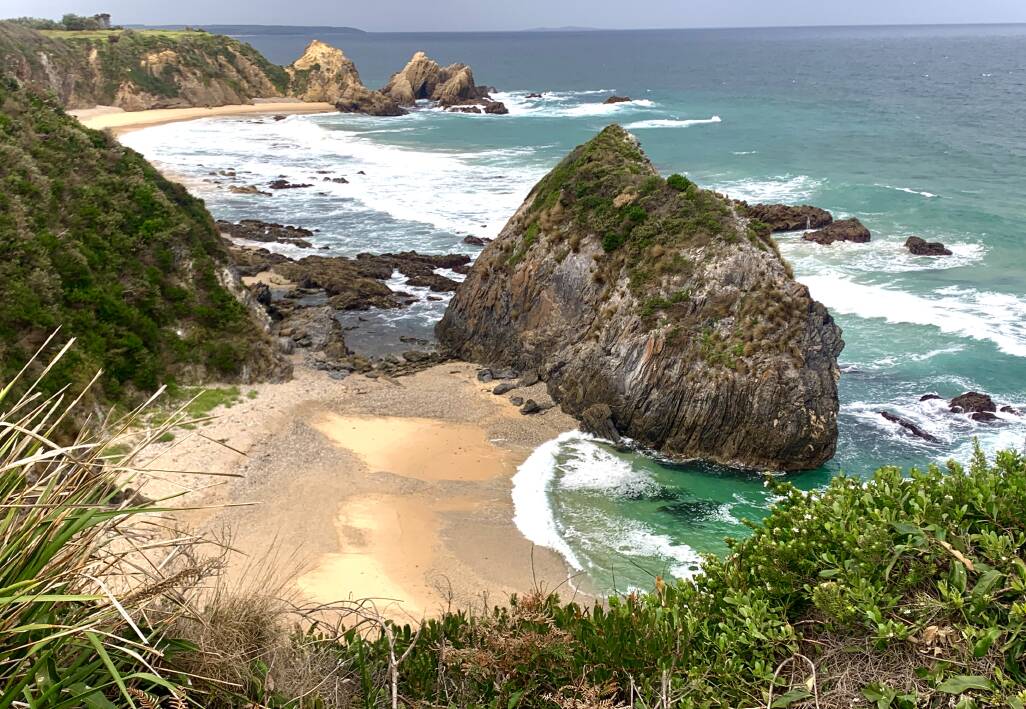
Given such unfettered praise, when Ian recently invited me to check out his special spot, how could I resist?
By the time the yowie-mobile splutters to the bottom of Brown Mountain and past Tilba Tilba, it's mid-afternoon when I meet Ian on the shores of Wallaga Lake Reserve.
"It's only a short walk from here," he announces, before introducing me to his friend Sean Burke, another Canberra escapee and a former bureaucrat at the Australian Bureau of Statistics (ABS) who was drawn to the natural charms of the South Coast more than three decades ago.
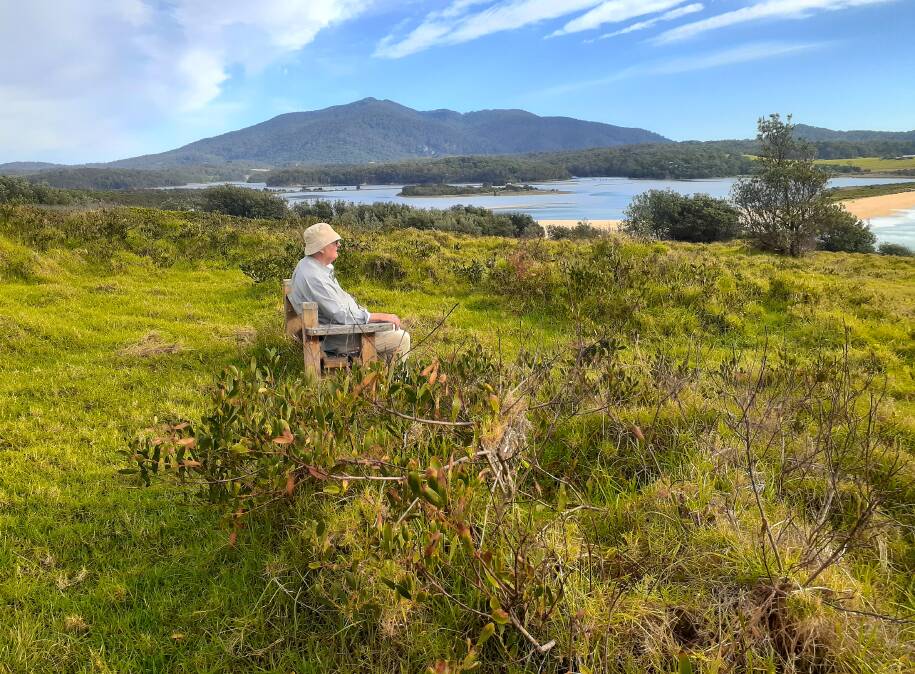
"Like Ian, I found paradise here and never left," says Sean.
Heck, compared with the with concrete edifice that is the ABS Belconnen bunker, I'm not surprised he stayed.
Also joining us are twin brothers Paul and Gary Campbell, Djiringanj Elders, traditional custodians of this magical slice of the South Coast, who call the nearby Wallaga Lake Koori Village home.
"I'm not the first to fall in love with this place - it's been a special place for Paul and Gary's family since the 1860s, but through stories handed down through countless generations, their knowledge dates back thousands of years," remarks Ian.
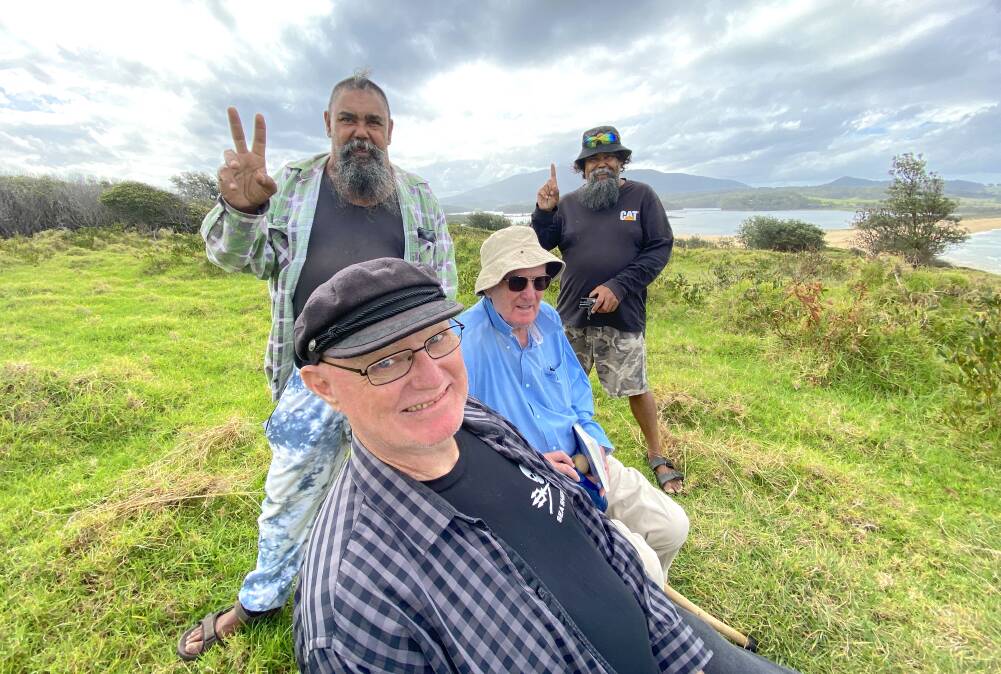
"It's nice to see people continue to love this place like the Yuin people have for thousands of years," says Gary, "especially people like Ian who really respects this place and our culture".
Half-way along the stroll to Ian's "spot" we stop at a rotunda, complete with woodcarvings relating to history of Yuin people, by Jason Campbell, the twins' cousin.
Paul stops and glances north across the glass-like waters of the lake and up the coast. "My great-grandmother and grandfather used to sail all the way from here to Kempsey in the 1800s," he reveals.
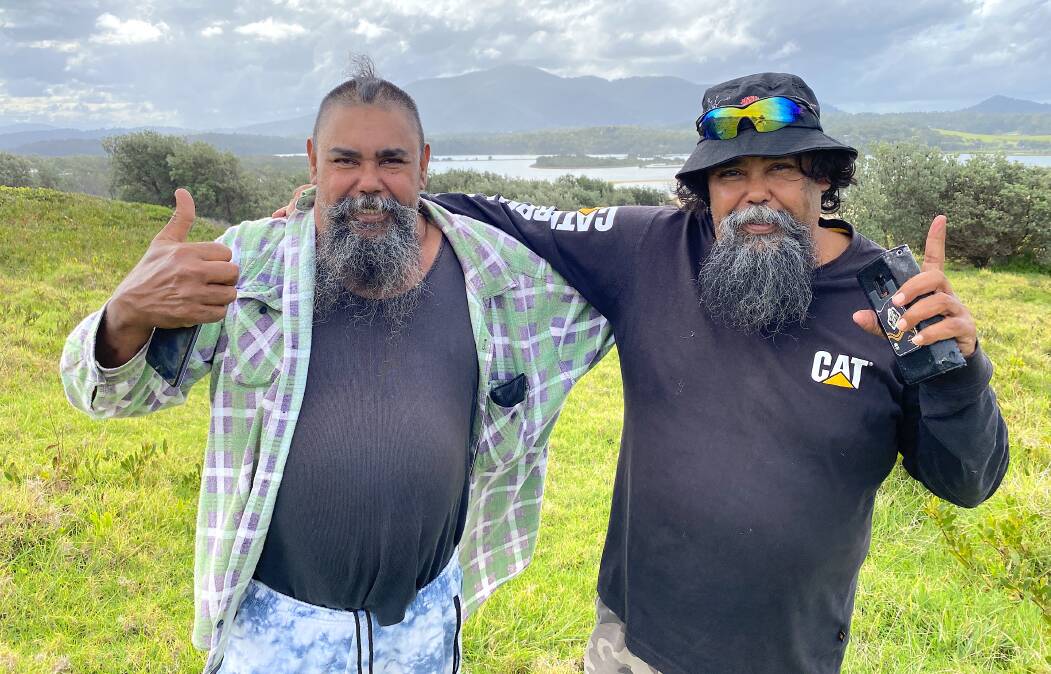
Meanwhile Gary points at an eel depicted in the woodcarving and enthusiastically recalls the time he and his brother rescued a "monster eel" from the shallows of the Merriwinga Creek Swamp [on northern side of the lake] during the big drought in the late 1970s.
"I've never seen an eel so big; it would have been over 10 metres long and with the girth of a big tree trunk," explains Gary, "it was like a Congo eel, all of us carrying it out on our shoulders". Gee, I'd like to see that.
"Birds were eating all the eels, so we moved them to a dam until the rains returned," says Paul.
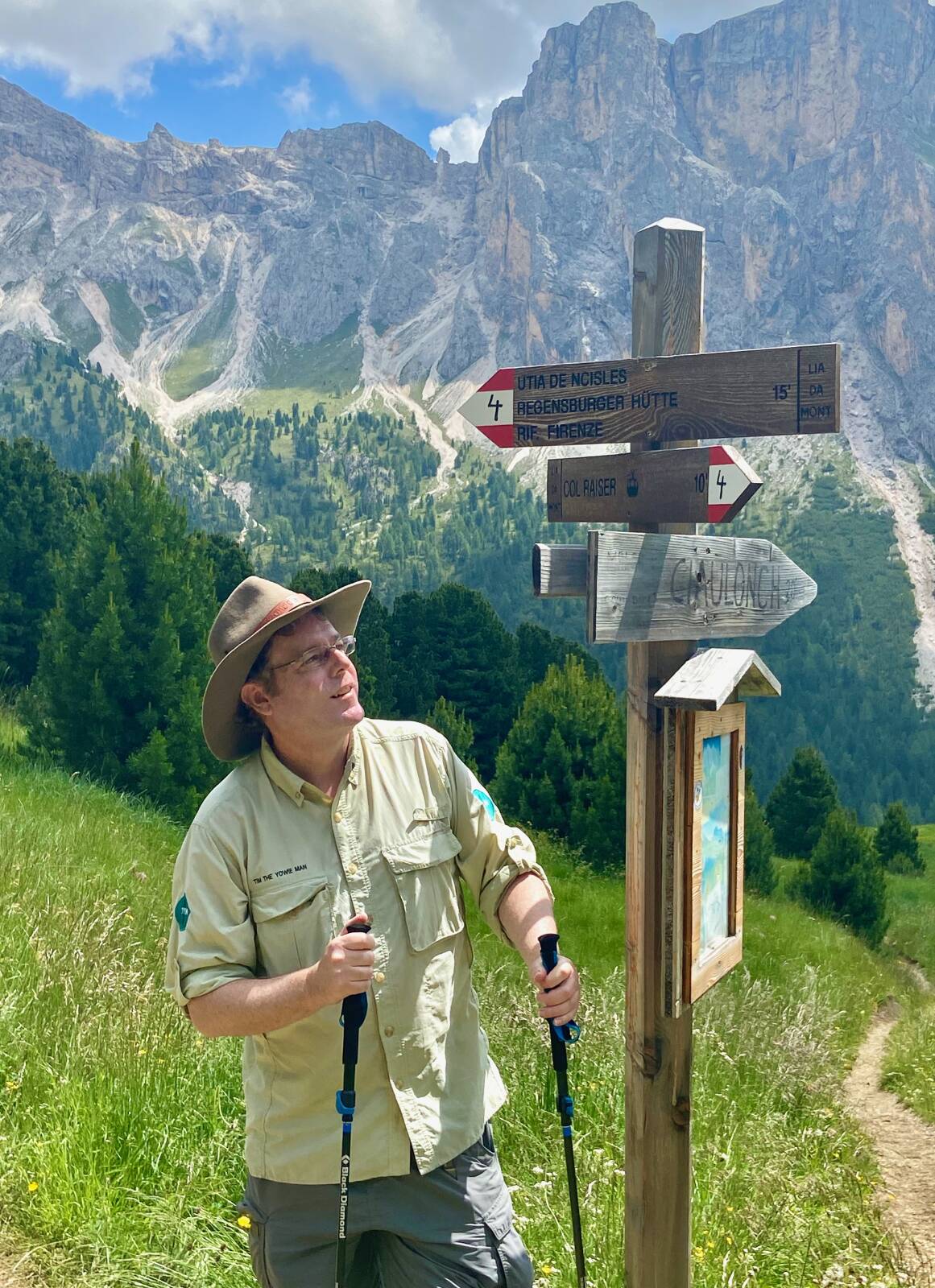
Further along, Gary explains that nearby is a corroboree site, "tens of thousands of years old", that is only visible after fires go through.
Near the top of the point, Ian stops at a standard park bench partially hidden amongst undergrowth on a grassy knoll overlooking the entrance to Wallaga Lake.
"This is it!" he exclaims. "Best view on the coast." It's hard to beat, that's for sure.
In 2001, Ian published a collection of essays, stories and poems titled Evening at Murunna Point, including a poem about this very spot.
A few years later, with the permission of local authorities and the Yuin people, Ian placed a plaque featuring the last verse from the title poem:
A moment caught by beauty drawn
from byways strange and still,
no vanity disturbs this peace
on the path across the hill.
The last line of the poem is now somewhat ironic as the path has been bypassed by a newer route that follows the cliffline towards nearby Horse Head Rock.
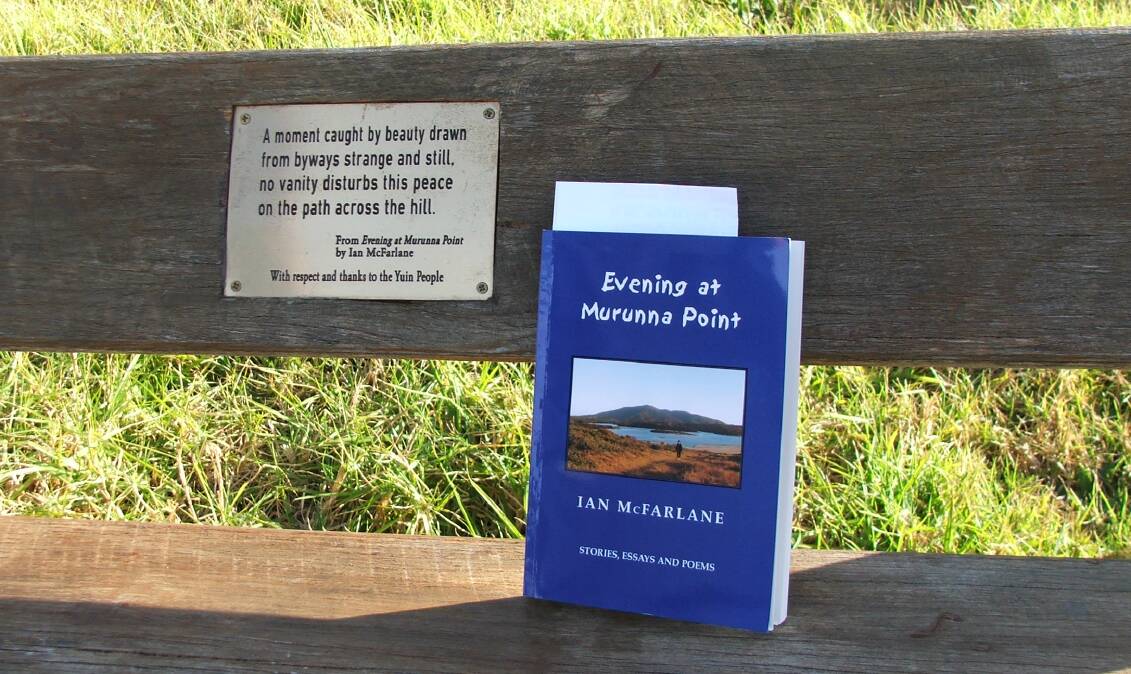
"For years I knew that rock formation as Wintles Rock, named after a local farming family, and used to fossick for round pebbles in the rockpools below it," says Ian who laments that Horse Head Rock has become a star of social media, with people heading straight to the rock and missing the "path across the hill and this lovely view".
As a headland where people have met and explored for thousands of years, I suspect the trend for so many to skirt around Murunna Point to snap that must-have selfie at Horse Head Rock is only a passing one. If less people means more chance Ian's seat is free for me to sit on during my next visit to paradise, then I'm not complaining.
Civic building not all it was cracked up to be
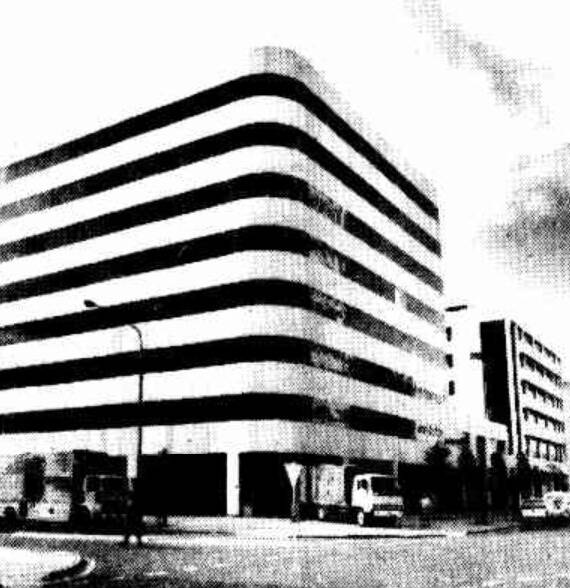
While it wasn't as long-standing as the Leaning Tower of Gordon, Canberra once did have a leaning building, at least of sorts - do you remember it?
Built in the mid-1980s, the seven-floor Silverton Building took pride of place on the corner of Rudd and Moore streets in Civic and housed the Department of Social Services.
Despite being only several years old, in 1988 some jittery office workers suggested the building was haunted as pens would roll onto the floor "for no apparent reason". Others believed it may have been due to the concrete floors sagging or leaning.
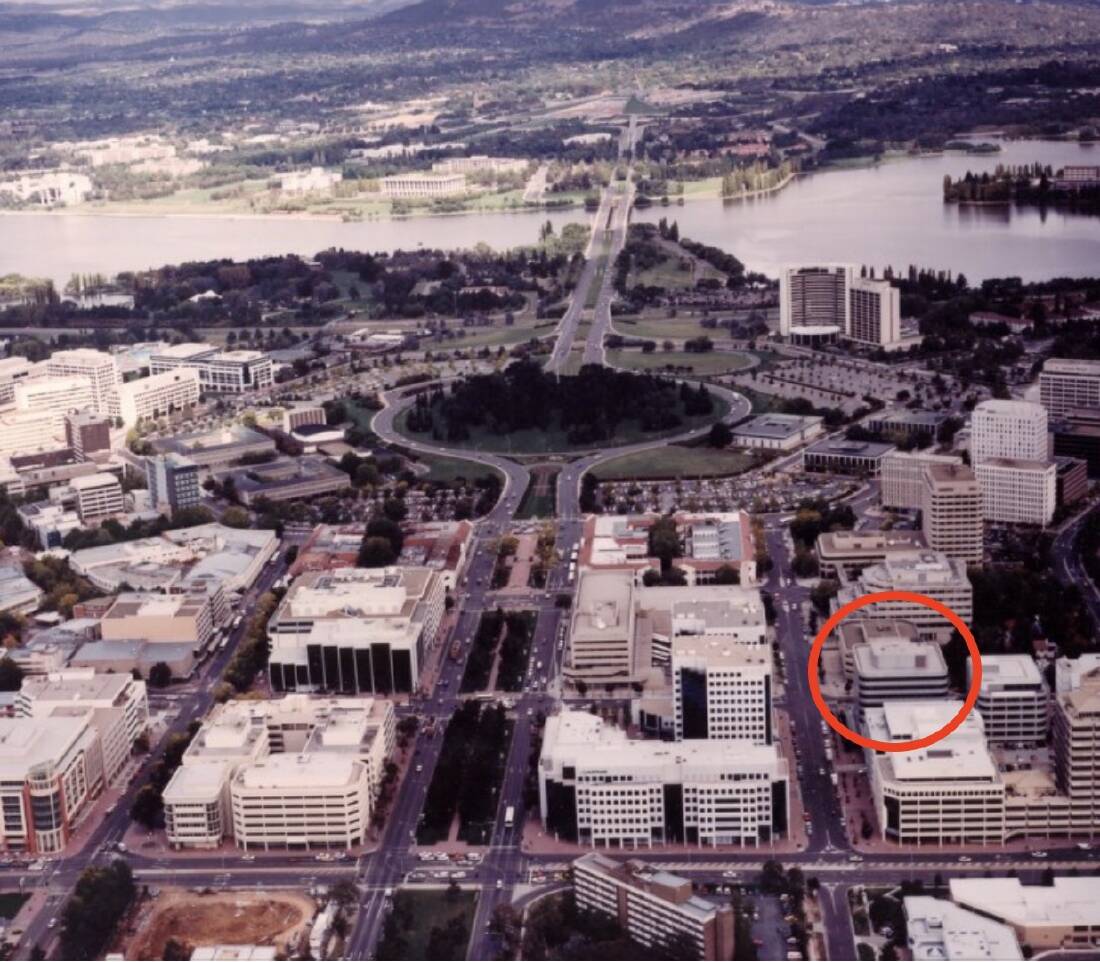
Following an engineer's report that the building might collapse due to "severe concrete cracking around the main support columns", the Silverton was evacuated in February 1989.
The building remained empty for five years until it was approved for demolition in 1994, and finally demolished in 1995.
"It was later determined that the real cause for the sagging was due to the concrete used in the project," the Silverton's consulting engineer Ken Murtagh told me this week.
"Parliament House was being constructed at the same time, so it got the best supplies available, meaning projects like the Silverton ended up with poorer quality aggregate," says Ken. "The fact it was built quickly during a cold winter also didn't help matters.
"Load test during demolition verified design adequacy and that the concrete cracking was due to shrinkage, not stress," reports Ken. "The building was fixable but was ultimately demolished primarily due to its tarnished reputation."
As to those rolling pens? "Those desk levels were probably the result of lousy accelerated premature furniture fit out," says Ken.
Bummer, I preferred the ghost explanation.
WHERE IN THE REGION?
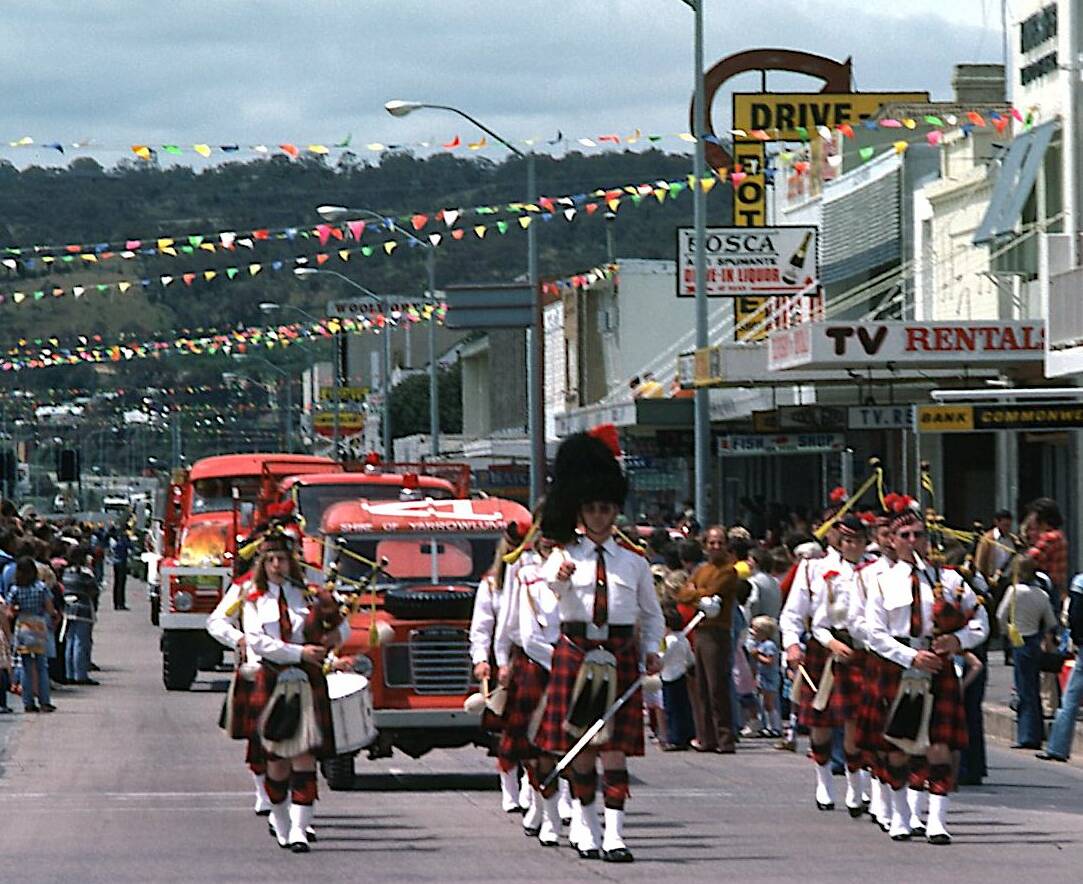
Rating: Easy, bonus points if you can guess the year
Cryptic Clue: No one seems to be 'struggling' up the hill
How to enter: Email your guess along with your name and address to tym@iinet.net.au. The first correct email sent after 10am, Saturday September 2 wins a double pass to Dendy, the Home of Quality Cinema.
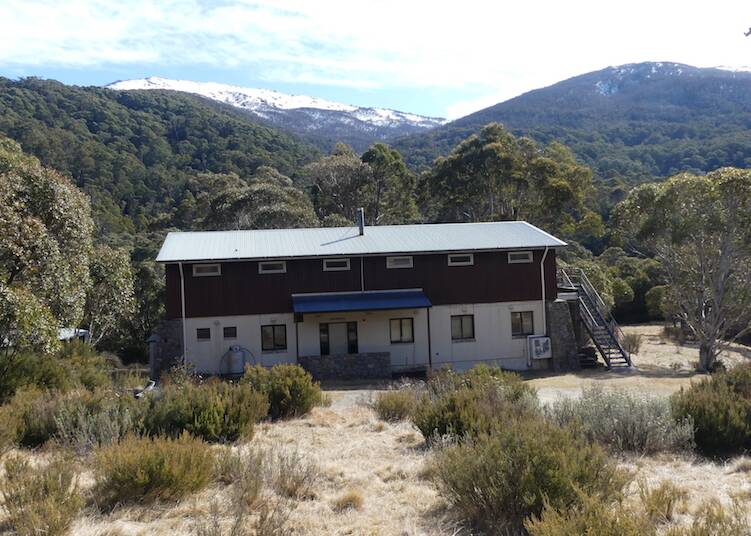
Last week: Congratulations to Jonathan Mandl of Griffith who was first to correctly identify last week's photo as the Old Ranger Station on the Alpine Way near Thredbo. Jonathan beat several other readers including Stephanie Boxall, Jeremy Smith of Civic and Jason Walker of Giralang.
Matthew Higgins, who snapped the photo on a recent walk along the Thredbo Valley Track, says the building was the base station for the unfortunate 1964 Charlotte Pass Chairlift which ran up over the Ramshead Range and down to Charlotte Pass Chalet. The chairlift ran for less than two years due to design and mechanical faults.
Klaus Hueneke, a prolific author of books on the high country, reports in 1977 he "walked the whole route of the chairlift, but the clearing is now hardly visible, if at all". In 1981, Klaus also took a class of photography students up to the semi-ruined top station.
I'd love to hear from anyone who recalls travelling on the ill-fated chairlift.
Regarding last week's clue of "longest in the world?", according to Rick Walkom in Skiing Off The Roof (Arlberg Press, 1991), the lift was incorrectly entered in the Guinness Book of Records as being the longest in the world.
Rookie rank error
Several eagle-eyed readers, including Bob Gardiner of Isabella Plains, noticed in last week's tell-all about Duntroon's Cork Block Cavern that I inadvertently referred to Lieutenant-Colonel Brian Hickey, the Commanding Officer of Duntroon, as Lieutenant Brian Hickey. "Lieutenant is a much lower rank," reports Bob, adding "Lt-Colonels of my acquaintance would be spluttering about being called Lieutenant". Oops, I'm already practising my push-ups and shoe-shining technique. Simultaneously. Ouch.
Early spring blooms
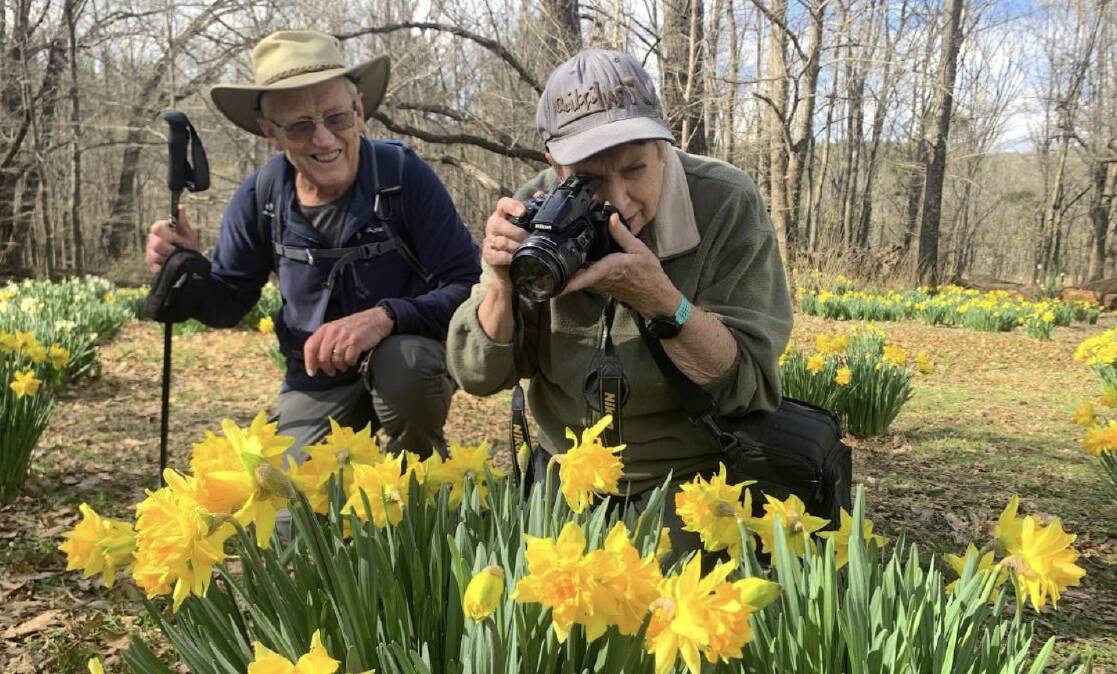
Several readers report the warmer-than-usual end to winter has resulted in some of the daffodils at 'Sherwood Forest' (via Uriarra), one of our more spectacular spring displays, reaching their peak much earlier than usual. "They look like they'll be at their best in the next week or so," reports Rose Higgins of Kambah.
CONTACT TIM: Email: tym@iinet.net.au or Twitter: @TimYowie or write c/- The Canberra Times, GPO Box 606, Civic, ACT, 2601
We've made it a whole lot easier for you to have your say. Our new comment platform requires only one log-in to access articles and to join the discussion on The Canberra Times website. Find out how to register so you can enjoy civil, friendly and engaging discussions. See our moderation policy here.







